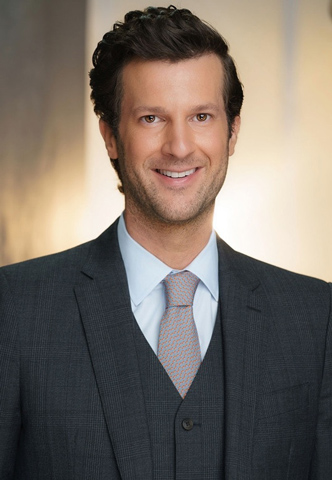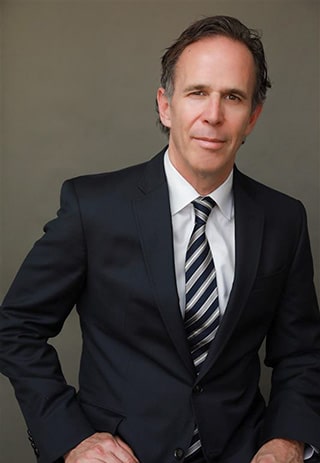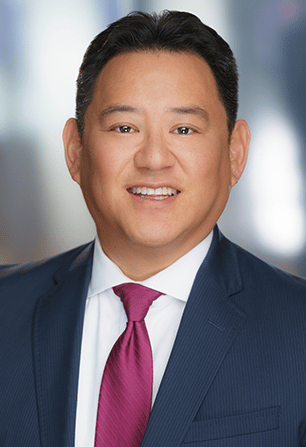Since the magnitude 6.7 Northridge earthquake in 1994, Los Angeles and Southern California have been lucky to avoid other major significant seismic activity. But that period of relative quiet ended with some fireworks on the Fourth of July in 2019 when a magnitude 6.4 quake in Ridgecrest, California, rocking communities from Las Vegas to Baja California, followed by a magnitude 7.1 earthquake in the same area the next day, as well as numerous aftershocks.
Because you never know when another big one is going to strike, it’s important to always be prepared, and that includes knowing what to do if you’re on the road when an earthquake hits.
What NOT to Do When Driving During an Earthquake
Most Californians know to drop, cover, and hold during an earthquake, but those rules go out the window if you’re driving when the quake occurs. Before the ground starts shaking and you’re left unsure of what to do, below are a few tips of what not to do in an earthquake while driving.
Do NOT…
Brake Suddenly: When you stop suddenly, you risk surprising other motorists and causing accidents. Sudden braking can lead to a rear-end collision and multi-vehicle pileup.
Try to Out-Drive the Quake: Although it might be tempting to try this, you’re not going to be able to out-drive the earthquake. P Waves can travel up to 14 kilometers per second, which is significantly faster than whatever vehicle you happen to be driving.
Get Out and Run: Do not get out of your vehicle and start running, either. Not only are you unlikely to escape the radius of a major earthquake, but large cracks, strong shaking, and fallen power lines, debris, glass, gas leaks, etc. are a recipe for disaster when you’re on foot. When you are in the car, you should avoid leaving it unless remaining in the car puts you at immediate risk.
Drive Under or Over a Bridge: Bridges are at high risk for earthquake damage, especially during large earthquakes. You should avoid them if at all possible, including immediately after the quake. It is best to avoid driving over bridges if you notice shaking.
Use Your Phone Unless Necessary: Avoid using your phone unless absolutely necessary, such as if you need to call 911 because you’re injured. It is important to keep lines clear so that emergency calls can go through and emergency personnel can communicate. Only use your phone if absolutely necessary.
How to Avoid an Accident During an Earthquake
The Federal Emergency Management Agency (FEMA) and the California Governor’s Office of Emergency Services have partnered together to create a list of recommended protective actions that will reduce injury and damage in the event of an earthquake. If you’re hoping to avoid a car accident or motorcycle accident during an earthquake, you should do the following.
DO…
Reduce Speed Gradually: During an earthquake, reduce your speed gradually to avoid surprising other motorists and getting into a rear-end accident or multi-vehicle pileup.
Pull Over: Pull over to the side of the road away from bridges, overpasses, power lines, and other hazards. If there is no clear space to pull over, keep driving until you find one.
Park: Set your parking brake, turn your vehicle off, and leave on your seatbelt. Your car is a safe place to be during an earthquake, as long as it is not in the path of anything that could be dangerous, like a bridge, power line, or pillar.
Turn on the Radio: During an earthquake, instructions from the government or local authorities are broadcast over the radio. Leaving your radio on is the best way to stay informed of the situation and avoid the risk of further danger.
Wait: Occupants of a vehicle should remain in the car until the shaking stops. Only leave your car if staying in the vehicle poses an immediate safety hazard. Stock your car with emergency supplies or an earthquake survival kit to be on the safe side. Once the shaking has subsided, proceed carefully.
In the wake of the Ridgecrest quake, and with the Big One still sure to hit California someday, planning for an earthquake has never been more important than it is now. For more information about earthquake safety and help with emergency planning, review FEMA’s Earthquake Safety Checklist.
Additional Precautions to Take After the Quake
Even once the strong earthquake has passed, it is important to act with caution. An earthquake can damage the integrity of buildings, roadways, and services. Once the shaking stops and it’s safe to drive again, you should proceed with caution.
Drivers should make sure to avoid driving under or over bridges, near downed power lines, on highway ramps, or other structures that may have sustained damage during the quake.
You should also be aware that earthquakes might have aftershocks. These can be dangerous. If you notice further shaking or tremors, it is best to pull over again.
The biggest danger during an earthquake is not the quake itself but the environment where you are when the earthquake happens. More often than not, accidents and injuries during an earthquake result from damage to a nearby man-made structure or building.
The highest death tolls from earthquakes in history, going as far back as 1556 and as recently as the 21st Century, are due to improper building conditions. Computer analysis suggests that an 8.0 earthquake in Los Angeles would cause about 10,000 more deaths during the day than it would at night because the population would be on freeways and in large buildings.
While structures are a huge factor, injuries can also occur from accidents involving other drivers on the road, which could be caused by the shaking itself or by those drivers not taking the correct precautions for road saftey during and after an earthquake.
Wilshire Law Firm: Experienced Car Accident Lawyers
As experienced car accident lawyers, we do whatever we can to promote road safety, which is why we’re bringing you these helpful tips.
While no one can know when an earthquake is going to strike while they’re driving, there are many types of avoidable motor vehicle accidents, including car accidents, motorcycle accidents, truck accidents, pedestrian accidents, and more that are caused by another person’s negligence (i.e., traffic violations, drunk driving, distracted driving, etc.). When these accidents occur, our injury attorneys are here to help.
Recovering more than $850,000,000 in compensation on behalf of our clients, we’re committed to helping injury victims get the best results possible in their cases. To find out how we can assist you, call us today at (800) 522-7274 or fill out our online form for a free consultation.











